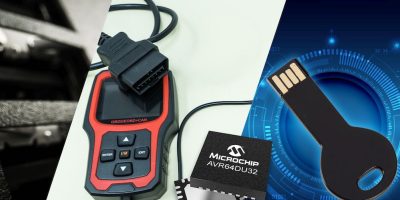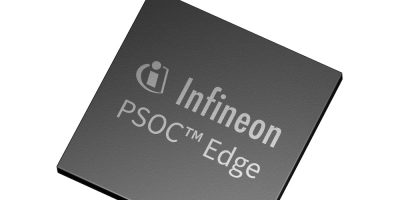Ceva has launched Ceva-Waves Links, a new family of multi-protocol wireless platform IPs. The integrated offering supports the latest wireless standards to address the surging demand for connectivity-rich chips targeting Smart Edge devices in the consumer IoT, Industrial, automotive, and personal computing markets. These IPs include Wi-Fi, Bluetooth, Ultra-Wideband (UWB), and IEEE 802.15.4 (for Thread / Zigbee / Matter), to offer a range of qualified, easy-to-integrate, multi-protocol wireless communications subsystems, each featuring optimised co-existence schemes and adapted to various radios and configurations.
The Links family leverages the newly rebranded Ceva-Waves portfolio of wireless connectivity IPs, formerly known as RivieraWaves. Ceva-Waves Links100, an integrated, low power, Wi-Fi 6 / Bluetooth 5.4 / 802.15.4 communications subsystem IP for IoT applications is the first IP available in this family and is currently being deployed by a leading OEM customer.
The demand for smaller, low-cost, high-performing, innovative devices with versatile connectivity is driving the need to consolidate multiple connectivity protocols in a single chip. ABI Research reflects on the move from module-level integration to on-die chip integration and forecasts that Wi-Fi plus Bluetooth combo chipset shipments will approach 1.6 billion chips annually by 2028.
The first member of the Ceva-Waves Links family, the Links100, is an integrated, low power, Wi-Fi / Bluetooth / 15.4 communications subsystem IP for IoT applications, with the following key features:
• Wi-Fi 6 optimised for cost-sensitive IoT applications,
• Bluetooth 5.4 Dual Mode, supporting advanced Bluetooth Audio with Auracast, and with a comprehensive suite of Bluetooth profiles
• IEEE 802.15.4 (for Thread, ZigBee, Matter) for smart home applications
• Optimised co-existence scheme for efficient concurrent communications
• Pre-integrated with a low power multi-protocol radio at TSMC 22nm process
With its modular architecture, the Ceva-Waves Links family is highly versatile to meet customers’ needs, leveraging the latest Ceva-Waves wireless IPs. Upcoming Links platforms may include:
• Advanced Wi-Fi 6/6E/7 with MLO, for a variety of use-cases, from power-efficient IoT to high-speed data streaming
• Next generation Bluetooth for Channel Sounding and High Data Throughout
• UWB, supporting FiRa 2.0, CCC Digital Key 3.0, and Radar, for innovative micro-location and sensing features
• Optimised co-existence schemes for each specific configuration
• Pre-integrated radio solutions, including partner and customer’s own technology, to address a wide range of configurations and foundry process nodes
For more information, visit https://www.ceva-ip.com







